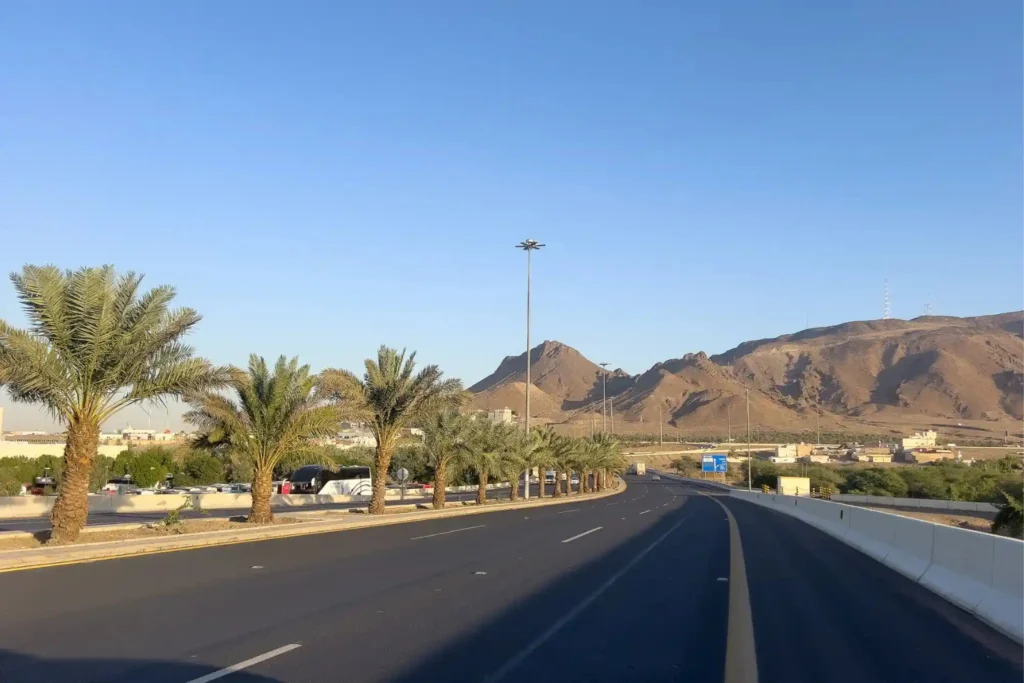Madinah, the radiant city of the Prophet ﷺ, is surrounded by mountains that hold not only natural beauty but also immense historical and spiritual value. Mountains of Madinah have witnessed battles, revelations, prayers, and promises. Each carries lessons and stories that continue to inspire Muslims around the world.
1. Mount Uhud (Jabal Uhud)
Mount Uhud is the most famous mountain in Madinah, stretching over seven kilometers with a height of more than a thousand meters. It is the site of the historic Battle of Uhud, where the Prophet ﷺ and his companions faced a great trial. Despite the difficulties, the Prophet ﷺ declared, “Uhud is a mountain that loves us, and we love it.”
Pilgrims visiting Madinah often stand before Uhud with reverence, remembering the martyrs buried at its base and reflecting on lessons of sacrifice, patience, and steadfast faith.
- Mount Uhud Location.

2. Mount of Archers (Jabal al-Rumah)
Located near Uhud, this smaller hill played a pivotal role in the Battle of Uhud. The Prophet ﷺ positioned fifty archers here to guard the Muslim army.
However, when many left their posts, the tide of battle changed. Today, the mountain remains a symbol of obedience, discipline, and the consequences of neglecting trust.
- Mount of Archers Location.
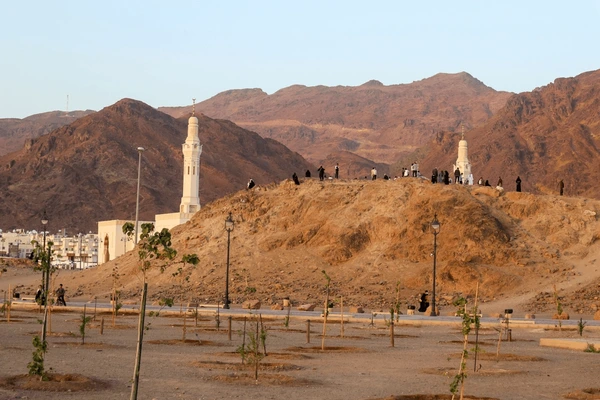
3. The Cave of Uhud
Hidden within Mount Uhud is a small cave where the Prophet ﷺ and a few companions sought refuge during the fierce battle.
It was here that the Prophet ﷺ reassured them, declaring that the mountain itself should remain firm, for upon it stood a Prophet, a truthful one, and martyrs. The cave continues to remind believers of courage and trust in Allah during hardship.
- The Cave of Uhud Location.
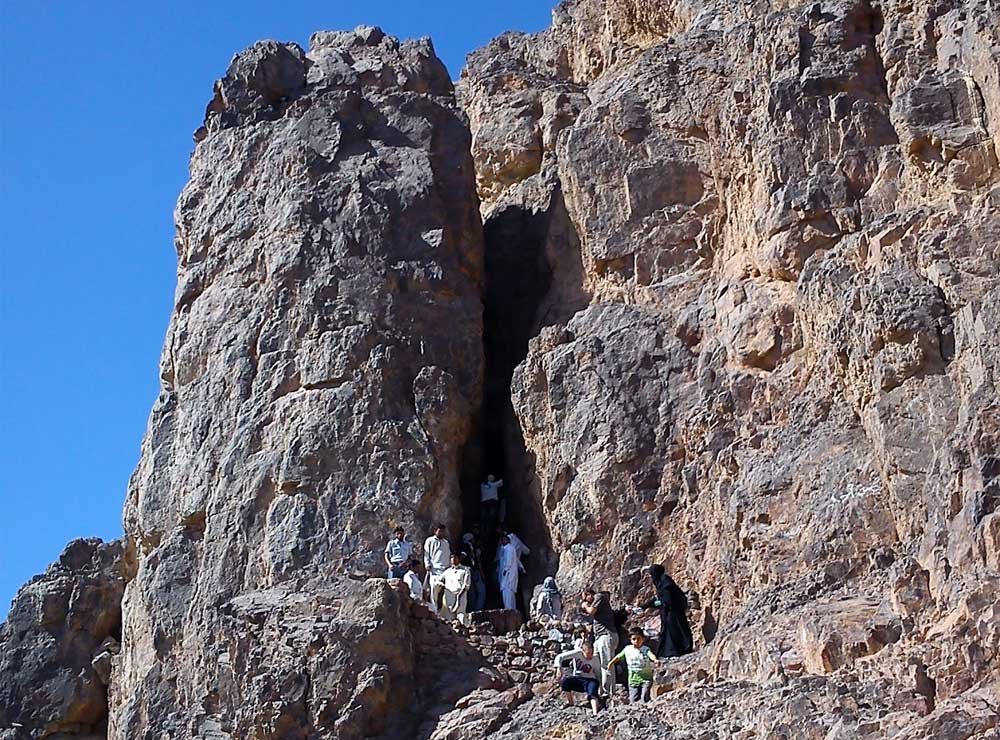
4. Cave of Banu Haram
Another significant site is the Cave of Banu Haram. It is said that the Prophet ﷺ prayed here during the Battle of the Trench.
This cave holds spiritual weight as a place where divine support was promised, reinforcing the bond between revelation, prayer, and victory.
- Cave of Banu Haram Location.
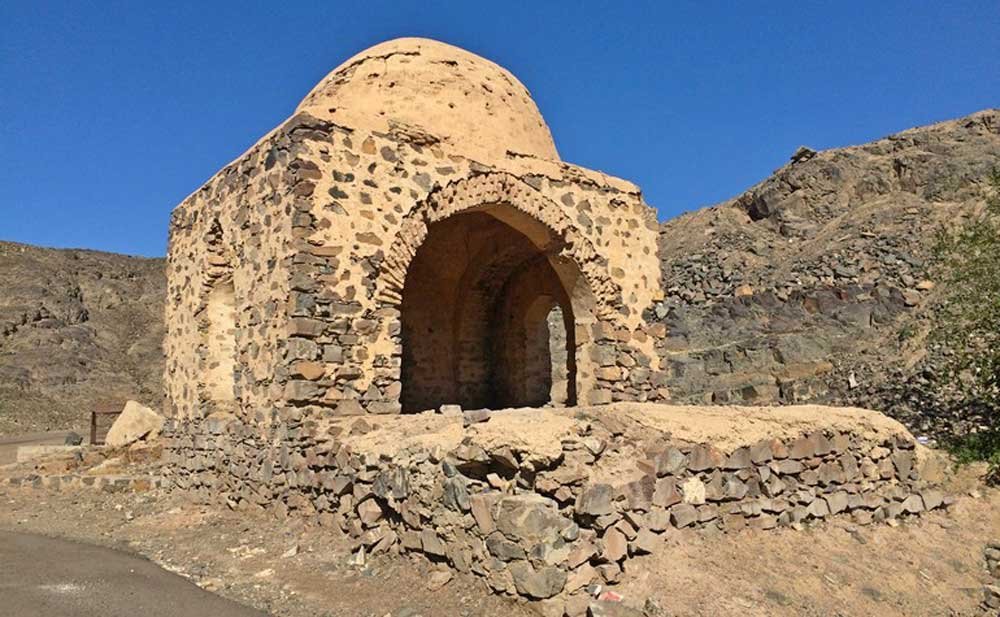
5. Mount Thawr
Mount Thawr lies to the north of Madinah and marks one of the sacred boundaries of the Haram area. Along with Mount Ayr in the south, it defines the spiritual borders of the city.
By establishing these limits, the Prophet ﷺ declared Madinah a sanctuary, just as Makkah was, a protected land of peace and security.
- Mount Thawr location.
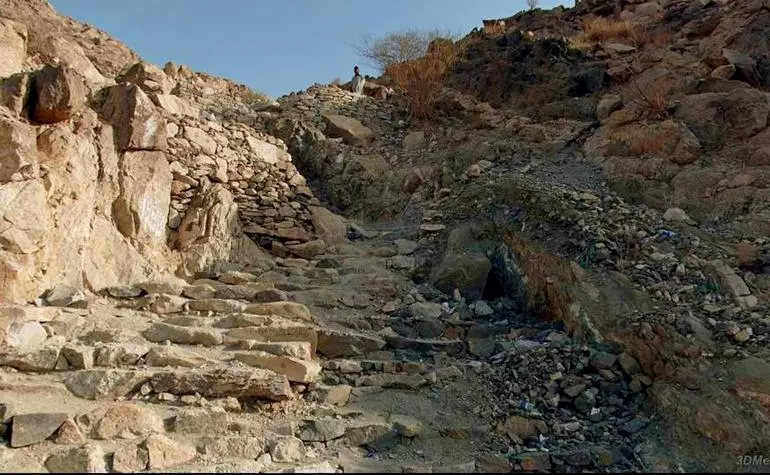
6. Mount Ayr (Jabal Ayr)
Towering to the south of Madinah, Mount Ayr is one of the largest mountains near the city. It forms the opposite boundary to Mount Thawr. Tradition describes a stark contrast between Uhud and Ayr: while Uhud is connected with paradise,
Ayr is associated with punishment. This sharp reminder underscores the importance of obedience, righteousness, and moral choices in life.
- Mount Ayr location.
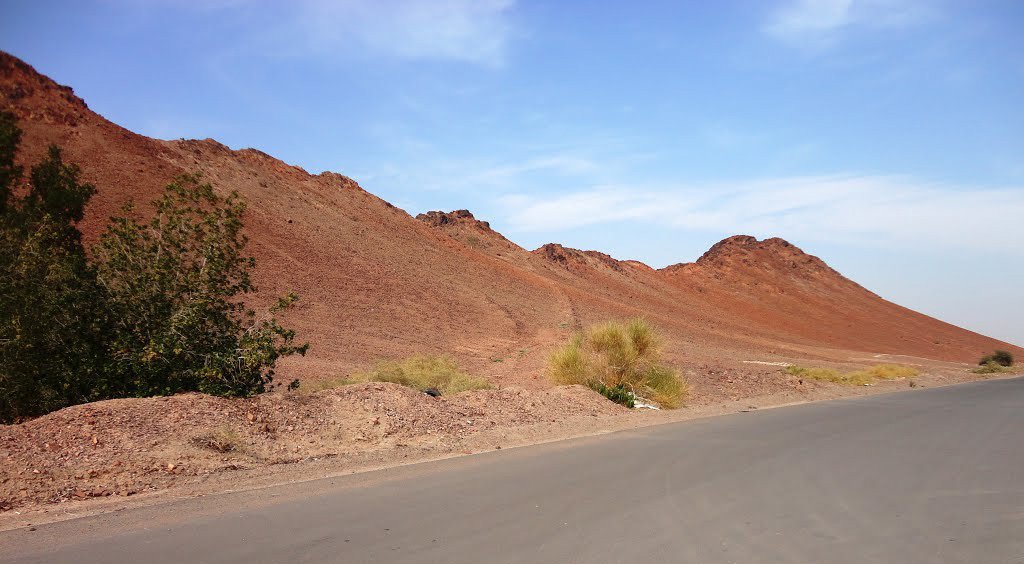
7. Mount Sela
Situated near the famous “Seven Mosques,” Mount Selaʾ is closely tied to the Battle of the Trench. The Prophet ﷺ stood here while praying for rain and while invoking blessings upon his companions.
It is also said to bear inscriptions of early Muslims, including the names of Umar ibn al-Khattab, Ali ibn Abi Talib, and even the Prophet ﷺ himself. Today, it remains a mountain of remembrance and prayer.
- Mount Sela location .
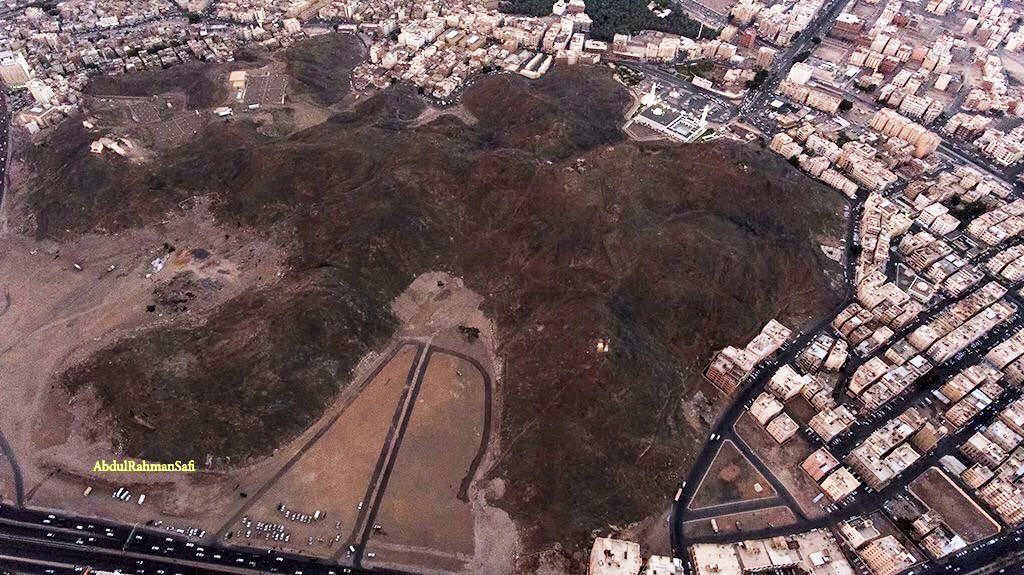
8. Mount Wareqan (Jabal Warqan)
Located about seventy kilometers southwest of Madinah, Mount Wareqan is one of the tallest in the region, rising to nearly 2,400 meters. Ancient traditions describe it as a sacred mountain, fertile with springs and lush vegetation.
Its grandeur and natural richness have made it a place of reflection, often described as one of the blessed mountains connected with paradise.
- Mount Wareqan location.
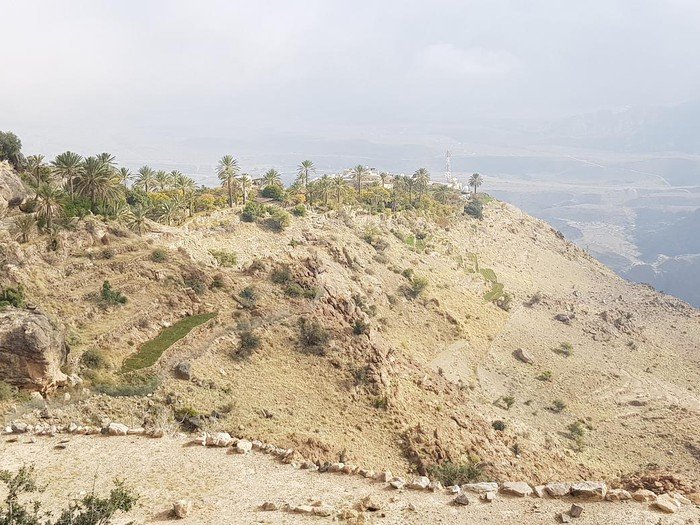
A Landscape of Faith and Lessons
The mountains of Madinah are not just natural landmarks—they are timeless witnesses of history, faith, and devotion. Uhud teaches sacrifice and love, the Archers’ Mountain emphasizes discipline, Ayr and Thawr mark sacred boundaries, while Selaʾ and Banu Haram embody prayer and divine support. Wareqan, with its towering presence, reminds believers of the majesty of creation.
For every pilgrim and student of history, these mountains are more than stones and soil—they are living symbols of resilience, faith, and the everlasting connection between the Prophet ﷺ, his companions, and the city of Madinah.
